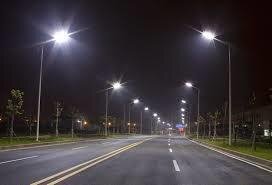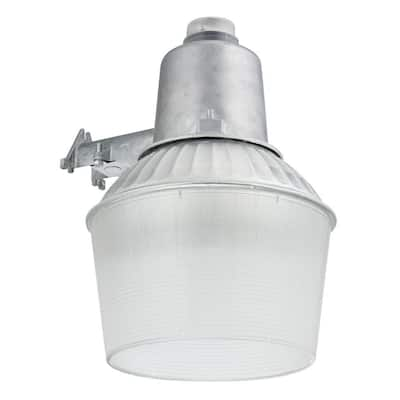e.clarkson
Member
Hey All!
I'm currently plotting a show where I want to create a realistic electric street lamp lighting coming through the door and windows. I prefer the blue lights as I don't want it to be mistaken with a daytime effect.
I'm also interested in a believable lighting effect, without using my LEDs. It's a small space and would prefer to use them elsewhere. Please help! Our house is primarily Roscoe, but we also have a decent amount of Lee.
I'm currently plotting a show where I want to create a realistic electric street lamp lighting coming through the door and windows. I prefer the blue lights as I don't want it to be mistaken with a daytime effect.
I'm also interested in a believable lighting effect, without using my LEDs. It's a small space and would prefer to use them elsewhere. Please help! Our house is primarily Roscoe, but we also have a decent amount of Lee.




